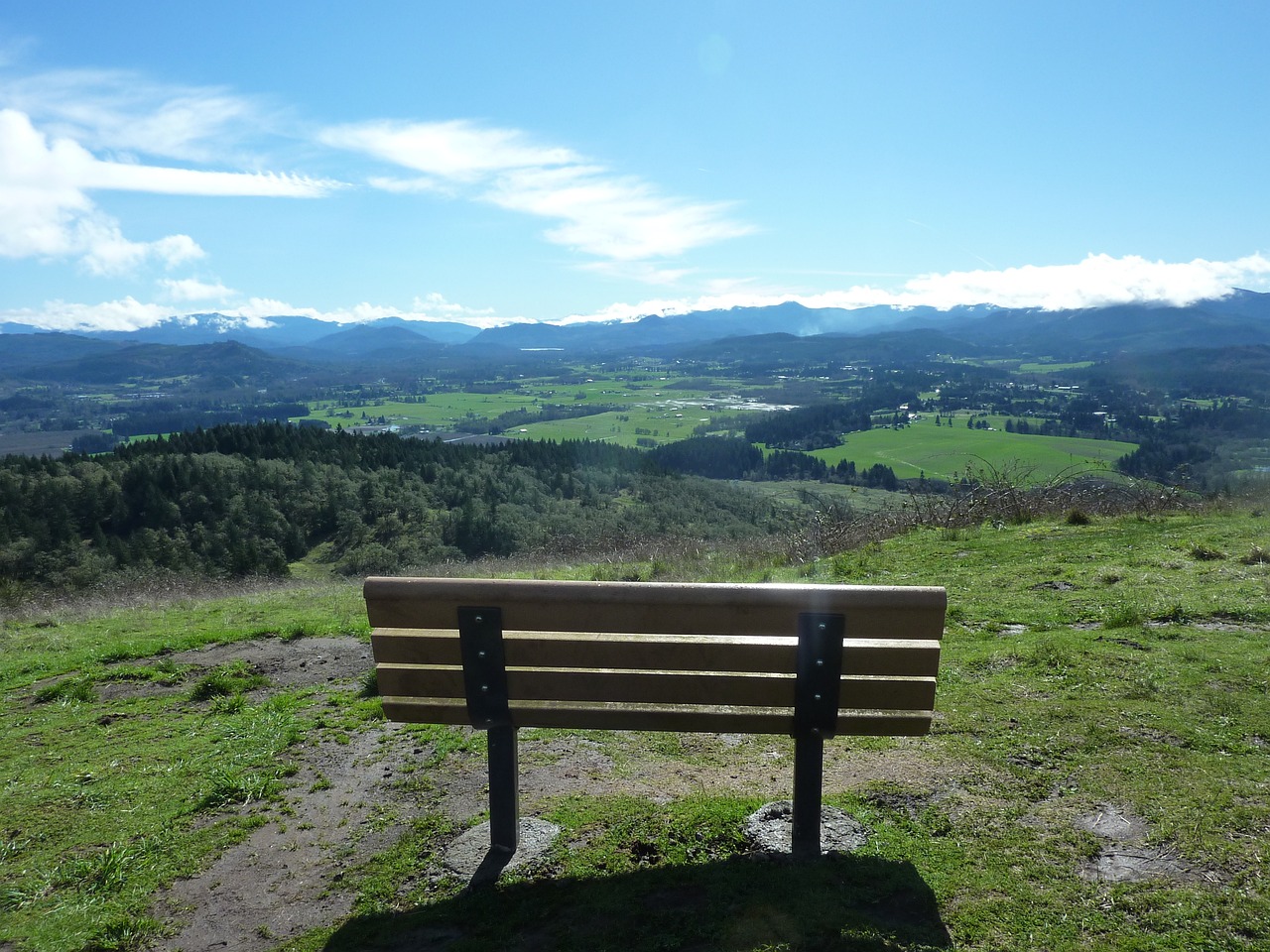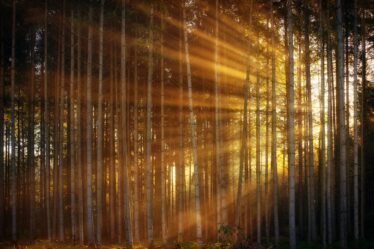
Nestled in the Pisgah National Forest of North Carolina, the Brown Mountain Lights are one of the most intriguing and enduring mysteries in the United States. These elusive lights have fascinated and baffled locals, visitors, and scientists for over a century. Described as glowing orbs that appear to float and dance along the slopes of Brown Mountain, these lights have inspired countless theories, from natural phenomena to supernatural occurrences. If you’re planning to witness this enigmatic spectacle, this comprehensive guide will provide you with everything you need to know about the best places to see the Brown Mountain Lights, their history, scientific theories, local attractions, and practical tips for your visit.
History and Theories
Historical Background
The first recorded sighting of the Brown Mountain Lights dates back to 1913, although local Cherokee legends speak of mysterious lights long before European settlers arrived. The lights gained widespread attention in the early 20th century, prompting investigations by the U.S. Geological Survey and other organizations. Despite extensive research, the true nature of the Brown Mountain Lights remains a mystery, adding to their allure and mystique.
Theories Behind the Lights
Over the years, numerous theories have been proposed to explain the Brown Mountain Lights, including:
- Natural Gas Emissions: Some scientists suggest that the lights are caused by the ignition of natural gas emissions from the mountain’s surface.
- Atmospheric Conditions: Another theory posits that unique atmospheric conditions, such as temperature inversions and humidity levels, create the optical illusion of lights.
- Swamp Gas: Similar to the natural gas theory, this hypothesis attributes the lights to the combustion of swamp gas in the area.
- Piezoelectric Effect: The piezoelectric effect, which involves the generation of electric charge in certain materials under mechanical stress, is also considered a possible explanation.
- Supernatural and UFOs: For those inclined towards the paranormal, theories range from ghostly apparitions to UFOs and extraterrestrial activity.
Best Viewing Spots
To maximize your chances of seeing the Brown Mountain Lights, it’s essential to visit the right locations. Here are the best spots for viewing this mysterious phenomenon:
Wiseman’s View
Wiseman’s View is widely regarded as the premier spot for observing the Brown Mountain Lights. Located in the Linville Gorge Wilderness Area, this overlook offers a panoramic view of Brown Mountain and the surrounding landscape. The viewing area is equipped with benches and railings, providing a comfortable and safe spot to watch for the lights.
- Directions: From the town of Linville Falls, take NC 183 south and turn onto Kistler Memorial Highway (NC 1238). Follow this gravel road for about 4.5 miles to reach Wiseman’s View.
- Tips: Arrive early to secure a good spot, bring warm clothing as temperatures can drop significantly at night, and carry a flashlight for navigating the trail after dark.
Brown Mountain Overlook
Located on NC Highway 181, the Brown Mountain Overlook is another popular viewing spot. This roadside pull-off provides an unobstructed view of Brown Mountain and is easily accessible by car.
- Directions: From Morganton, take NC 181 north for about 18 miles. The overlook is located on the right side of the highway.
- Tips: The overlook can get crowded, especially on weekends, so try to visit on a weekday or during off-peak hours for a quieter experience.
Lost Cove Cliffs Overlook
Lost Cove Cliffs Overlook, located on the Blue Ridge Parkway, offers a scenic vantage point for spotting the Brown Mountain Lights. This overlook provides a broad view of the surrounding mountains and valleys.
- Directions: From Asheville, take the Blue Ridge Parkway north for about 65 miles. The overlook is located at Milepost 310.
- Tips: The Blue Ridge Parkway is known for its stunning scenery, so consider making a day trip out of your visit and exploring other overlooks and hiking trails along the route.
Table Rock
Table Rock, a prominent peak in the Linville Gorge Wilderness, is another excellent spot for observing the lights. The hike to the summit is moderately challenging but rewards visitors with breathtaking views of the gorge and surrounding mountains.
- Directions: From Morganton, take NC 181 north and turn onto Ginger Cake Road. Follow signs to the Table Rock parking area. The trailhead is located at the end of the road.
- Tips: The hike to the summit is about 2.2 miles round trip. Wear sturdy hiking boots, bring plenty of water, and be prepared for a steep climb.
Local Attractions and Activities
While the Brown Mountain Lights are the main attraction, the surrounding area offers plenty of other activities and sights to enjoy during your visit.
Linville Gorge Wilderness Area
Known as the “Grand Canyon of the East,” Linville Gorge is a must-visit destination for outdoor enthusiasts. The area offers numerous hiking trails, including the Linville Gorge Trail, which provides stunning views of the gorge and the Linville River.
- Activities: Hiking, rock climbing, fishing, and camping.
- Highlights: Linville Falls, Hawksbill Mountain, and Shortoff Mountain.
Pisgah National Forest
Pisgah National Forest encompasses over 500,000 acres of pristine wilderness, offering a wide range of outdoor activities and scenic beauty.
- Activities: Hiking, mountain biking, fishing, and camping.
- Highlights: Looking Glass Rock, Mount Mitchell (the highest peak east of the Mississippi River), and the Cradle of Forestry historic site.
Blue Ridge Parkway
The Blue Ridge Parkway, often called “America’s Favorite Drive,” winds through the Appalachian Mountains and offers spectacular views, scenic overlooks, and access to numerous hiking trails.
- Activities: Scenic driving, hiking, picnicking, and wildlife viewing.
- Highlights: Moses H. Cone Memorial Park, Julian Price Memorial Park, and the Folk Art Center.
Practical Tips for Your Visit
Best Time to Visit
The Brown Mountain Lights can be seen year-round, but certain times and conditions improve your chances of spotting them:
- Season: Fall and winter are generally considered the best seasons for viewing, as the nights are longer and the air is clearer.
- Time: The lights are most often seen between dusk and midnight, with peak activity usually occurring an hour or two after sunset.
- Weather: Clear, moonless nights provide the best conditions for viewing. Check the weather forecast and plan your visit accordingly.
What to Bring
- Warm Clothing: Even in the warmer months, temperatures can drop significantly at night, especially at higher elevations.
- Flashlight: Essential for navigating trails and viewing areas after dark.
- Binoculars: Can help you get a closer look at the lights.
- Camera: Bring a camera with a good low-light setting to capture the phenomenon.
- Snacks and Water: Bring enough provisions to keep you comfortable during your wait.
Safety Tips
- Stay on Marked Trails: Stick to designated paths and viewing areas to avoid getting lost or injured.
- Travel in Groups: If possible, visit with friends or family for added safety and enjoyment.
- Be Respectful: Respect the natural environment and other visitors by keeping noise levels down and not leaving any trash behind.
Conclusion
The Brown Mountain Lights are a captivating and enduring mystery that continues to draw curious visitors from around the world. Whether you’re a seasoned paranormal enthusiast or simply looking for a unique and memorable experience, witnessing these mysterious lights is sure to be a highlight of your visit to North Carolina. By choosing the right viewing spots, planning your visit during optimal conditions, and exploring the surrounding natural beauty, you’ll be well-prepared to make the most of your trip to see the Brown Mountain Lights.

